
Wild Turkey
Meleagris gallopavo


Meleagris gallopavo

The Wild Turkey, introduced to New Zealand in the 1860s, is a large and impressive game bird now found in many parts of the country. About the size of a small peacock, this striking bird brings a touch of the North American wilderness to New Zealand's farmlands and forests.
1. Large size and fan-shaped tail, especially prominent in displaying males
2. Bare, colorful head and neck with distinctive wattles and snood
3. Jerky, strutting walk when foraging on the ground
Wild Turkeys breed in spring, with males putting on impressive displays to attract females. Hens nest on the ground, carefully hiding their eggs in tall grass or brush. While adaptable, they face threats from habitat loss and predators, especially to their ground-nesting chicks. They're known for their strong family groups, with mothers leading their young for several months after hatching.
Look for Wild Turkeys in rough farmland with scattered trees throughout much of the North Island and parts of the South Island. They're most active during early morning and late afternoon, often seen in small flocks foraging in fields or along forest edges. Listen for their distinctive "gobble" call, especially during spring. A tip for spotting them: scan open areas near wooded patches, as they often feed in clearings but retreat to trees for safety.
105 cm
6900 g

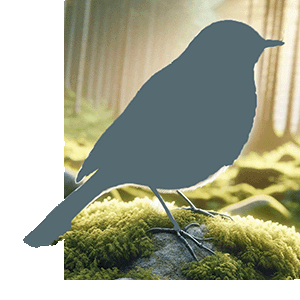
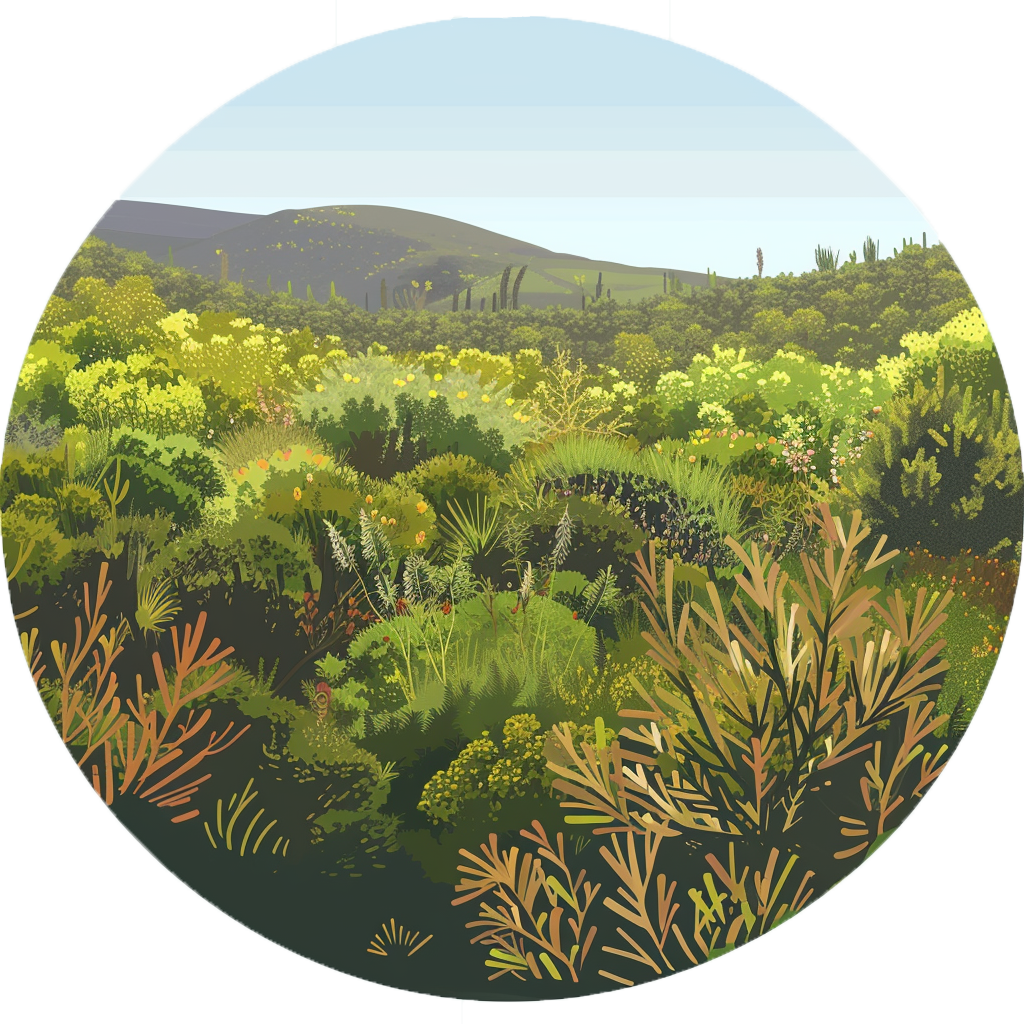
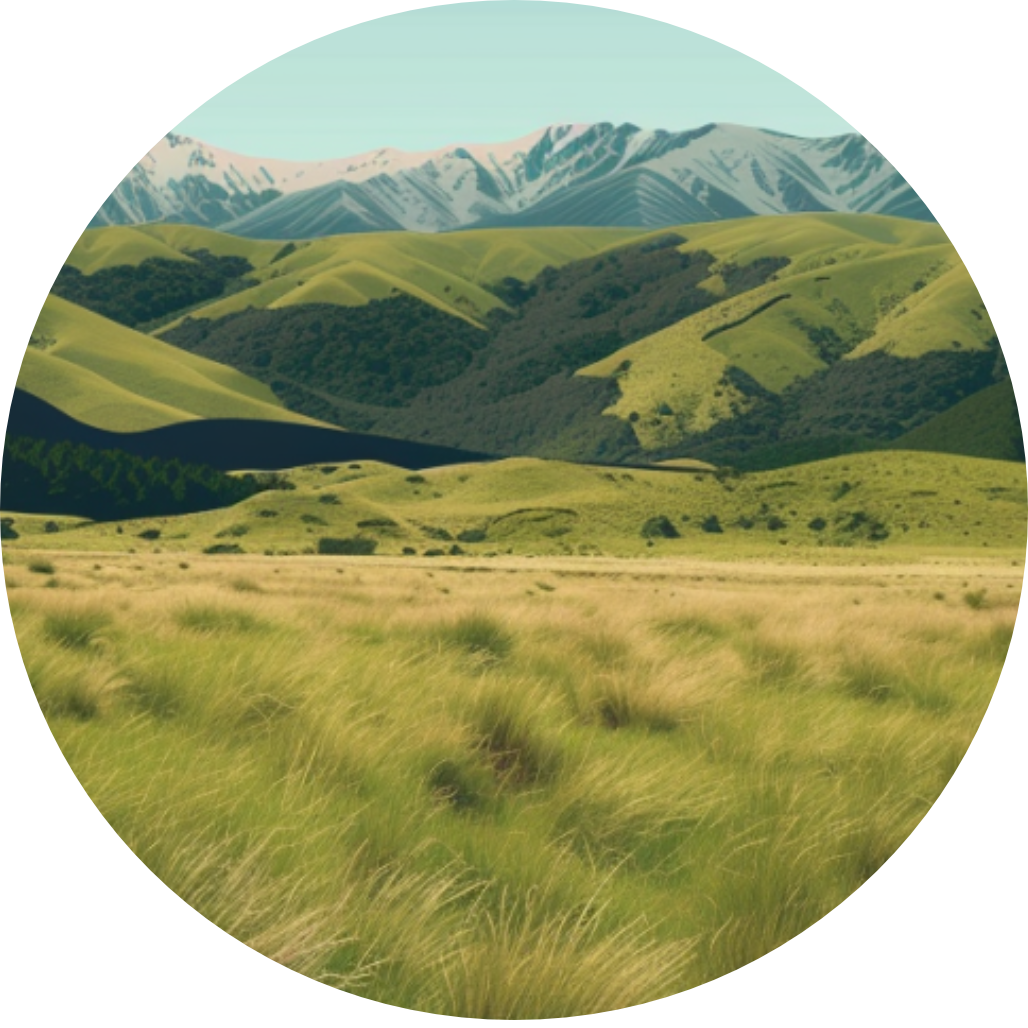
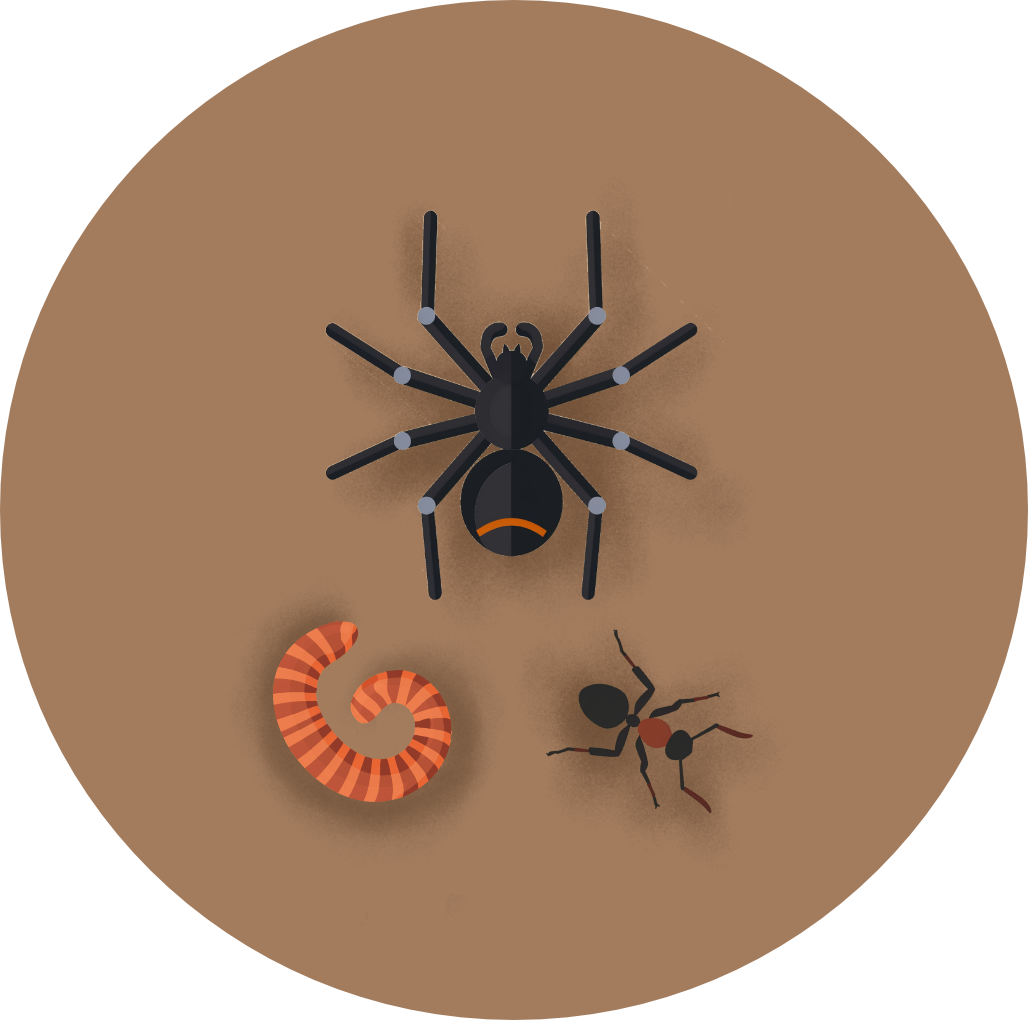
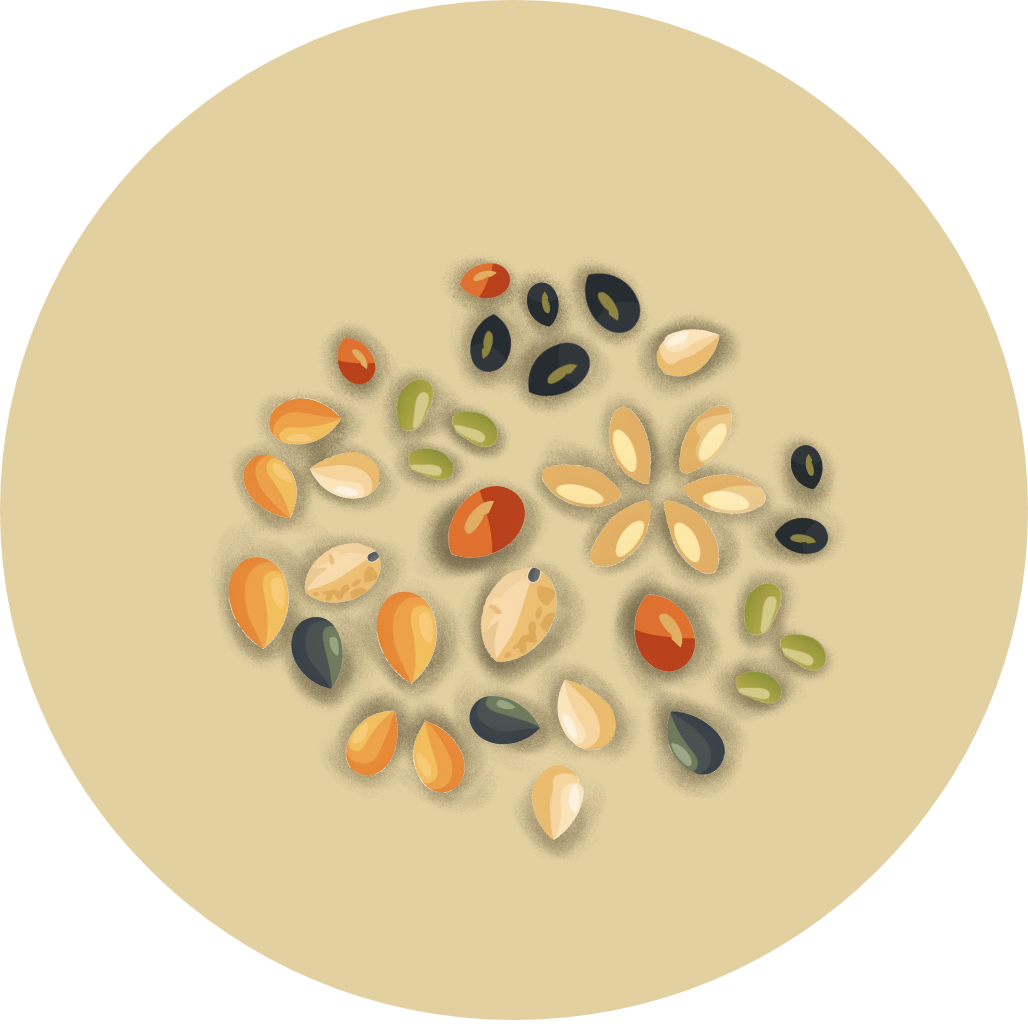


Coming Soon!
Top birding locations will be available in a future update.